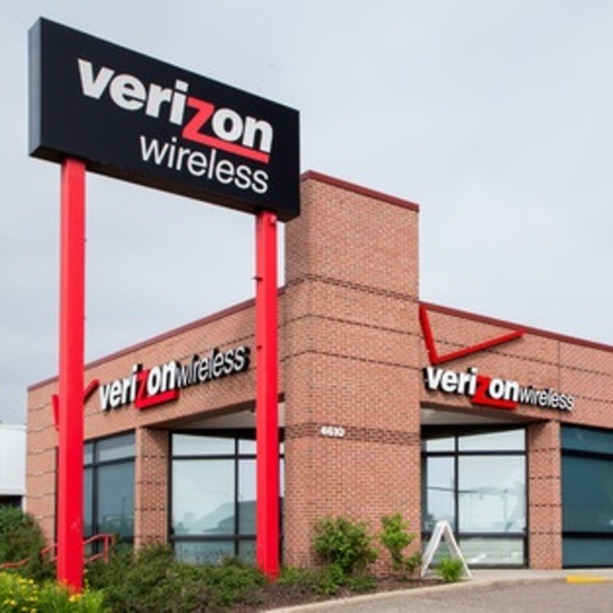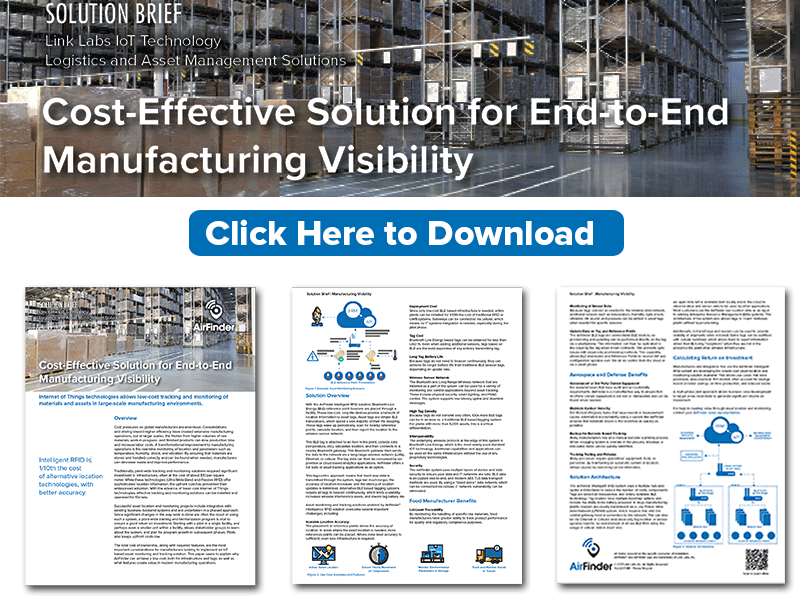Carrier-grade, cellular-based Internet of Things coverage available nationwide
Although Verizon beat primary rival AT&T to the punch by launching its Internet of Things network on March 31, as of mid-May, when AT&T completed its deployment, the big two operators both currently operate nationwide IoT networks. In terms of connectivity, the IoT market is a crowded space comprising a range of standardized and proprietary technologies that use both licensed and unlicensed spectrum. Verizon and AT&T both pinned their first major push into IoT networks leveraging their existing LTE footprints, “turning on” nationwide IoT networks that cover a much greater population and geography than proprietary LPWAN offerings like LoRa or Sigfox, which require new hardware to be deployed by network providers.
Third Generation Partnership Project (3GPP)
The Third Generation Partnership Project (3GPP) is the global standardization body that essentially defines telecommunications networking technology in an effort to ensure global interoperability. 3GPP is comprised of representatives from the telecom ecosystem working together in collaboration to gradually craft network specs. For their deployments, AT&T and Verizon opted for LTE Cat M1, initially standardized in 3GPP Release 13.
Let’s dig into the standard a bit to highlight key features, and how it relates to other cellular-based IoT technologies. This is a steaming bowl of alphabet soup, so buckle up. LTE Category M1, also referred to as enhanced machine-type communication (eMTC) or LTE-M, features a symmetric peak downlink and uplink throughput of 1 Mbps using a 1.08 megahertz channel. The downlink and uplink both rely on 16 quadrature amplitude modulation (QAM) and 15 kilohertz tone spacing. In terms of coverage, LTE Cat M1 features maximum coupling loss (MCL) of less than 155.7 dB. It can be deployed in any existing LTE frequencies and can be pushed to LTE base stations with a software upgrade.
Narrowband IOT
There’s also LTE Category NB1, known as NB-IoT (Narrowband Internet of Things). NB-IoT provides downlink throughput of 50 Kbps and uplink throughput of 50 Kbps for multi-tone, 20 Kbps for single tone, and uses a 180 kilohertz channel width. T-Mobile US recently announced its plans to deploy nationwide NB-IoT coverage by mid-2018 and is conducting a pilot project in Las Vegas. The standard has also been selected by Chinese officials as the primary IoT connectivity for the country. Check out this article for a look at four NB-IoT case studies. And here’s a slide deck from Philippe Reininger of Huawei, and chair of the 3GPP RAN working group at the time the standards were released, that goes into more detail.
LTE Cat M1
Back to Verizon, AT&T and LTE Cat M1. The key benefits here are low cost components, long battery life--with the power-saving mode feature, up to 10 years in some cases--carrier-grade security, and support for high-value use cases like smart metering for utilities and asset tracking for manufacturing supply chain and logistics. Both carriers offer a range of data plans and customizable packages for enterprise customers, but, according to their websites, you can connect an IoT device to Verizon’s network for $2 per month, and to AT&T’s infrastructure for close to $1.00 per month, with long-term pay-in-advance plans.
Verizon Network VP Mike Haberman touted the service provider’s accomplishment of delivering nationwide IoT coverage ahead of AT&T,
“an industry first. As the natural shift from CDMA-based IoT solutions to the more robust and cloud-based LTE technology occurs, it’s important we stay ahead of that technology evolution for our customers so we can continue to provide them service on the best and most advanced wireless network. Our commercial deployment of the nationwide LTE Cat M1 network does just that.”
Over at AT&T, VP of IoT Solutions Mike Troiano touted the global reach of its IoT solution set, which features global SIMs and augments LTE coverage with satellite-based connectivity.
“Think about heavy equipment, tractor company or something that’s used in a construction example. In today’s environment, through cellular technology, that company could monitor the health and well-being of that machine. But what if that machine goes to Alaska in a logging operation, or its sent to a mine in South Africa and there’s no cellular coverage? It allows us to offer to our enterprise customers...a single-mode implementation that will always connect their assets to the cellular network. The other is a dual-mode technology that allows their assets to utilize the cellular network when there is one, but if there’s no cellular network, to fail over, or move the transport over, to the satellite network.”
Another piece of this is providing an end-to-end IoT solution from the network to the platform. To the platform point, AT&T has M2X, which covers device management, time-series data, triggers, dashboards and a restful API, and is targeted more for large-scale industrial-type projects. The newer Flow platform is geared toward prototyping IoT applications in a web environment, and uses open source code available on GitHub. Open source software is a big part of ensuring interoperability between IoT devices and networks, but that’s another blog post.
Verizon’s platform offering is called ThingSpace. In addition to the network connectivity angle, ThingSpace includes code samples, API consoles and SDKs, as well as tools for device, resource and process management. In terms of hardware, ThingSpace gives IoT developers access to the sensors, processors, memory, etc...needed to stand up a product offering. And, of course, both carriers provide off-the-shelf IoT solutions tailored to a wide range of enterprise and industrial needs.
Road to 5G
The long view on cellular-based IoT is 5G. The standalone 5G New Radio specification, tracking for finalization by 3GPP next year, considers three primary use cases: enhanced mobile broadband, mission critical communications and massive IoT support. Think of 5G as a network of networks that can provide simultaneous, automated support for any type of IoT requirements--smart meters that intermittently send small bits of information and don’t take too much of a toll on the network on one end of the figurative spectrum, and, on the other end, industrial robotics that require huge capacity and very low latency. There’s a school of thought that 5G will truly unlock the value of IoT on the back of network slicing, envisioned as an automated way to connect any device to any cloud-based service via a data pipe that perfectly conforms to the requirement of the application--no more, no less--effectively providing new levels of flexibility in a manner that drives down operator and end-user costs.
While 5G is definitely the future of cellular, including IoT, true 5G implementations, by design, are disparate, so saying “5G” by itself is a relatively meaningless statement, so keep that in mind when you see press-releases about it. We won’t truly know the capabilities until carriers move past their pilots, as implementation choices by carriers will be nearly as important as the standard itself.





